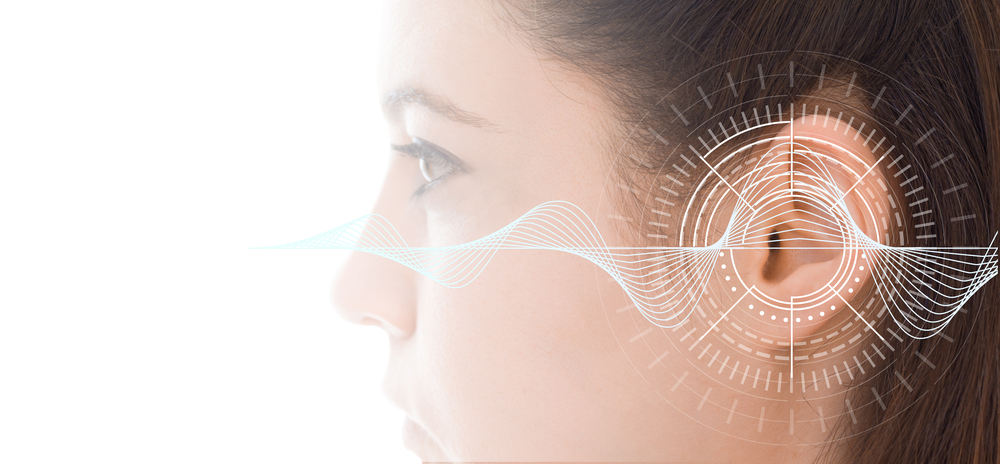
A psychoacoustic test for misophonia assessment
Falco Enzler1, Céline Loriot2, Philippe Fournier1 & Arnaud J. Noreña1*
Equipe Dynamique Neuronale et Audition
Misophonia is a condition where a strong arousal response is triggered when hearing specific human generated sounds, like chewing, and/or repetitive tapping noises, like pen clicking. It is diagnosed with clinical interviews and questionnaires since no psychoacoustic tools exist to assess its presence. The present study was aimed at developing and testing a new assessment tool for misophonia.
The method was inspired by an approach we have recently developed for hyperacusis. It consisted of presenting subjects (n = 253) with misophonic, pleasant, and unpleasant sounds in an online experiment. The task was to rate them on a pleasant to unpleasant visual analog scale. Subjects were labeled as misophonics (n = 78) or controls (n = 55) by using self-report questions and a misophonia questionnaire, the MisoQuest. There was a significant difference between controls and misophonics in the median global rating of misophonic sounds. On the other hand, median global rating of unpleasant, and pleasant sounds did not differ significantly. We selected a subset of the misophonic sounds to form the core discriminant sounds of misophonia (CDSMiso). A metric: the CDS score, was used to quantitatively measure misophonia, both with a global score and with subscores. The latter could specifically quantify aversion towards different sound sources/events, i.e., mouth, breathing/ nose, throat, and repetitive sounds. A receiver operating characteristic analysis showed that the method accurately classified subjects with and without misophonia (accuracy = 91%). The present study suggests that the psychoacoustic test we have developed can be used to assess misophonia reliably and quickly.








